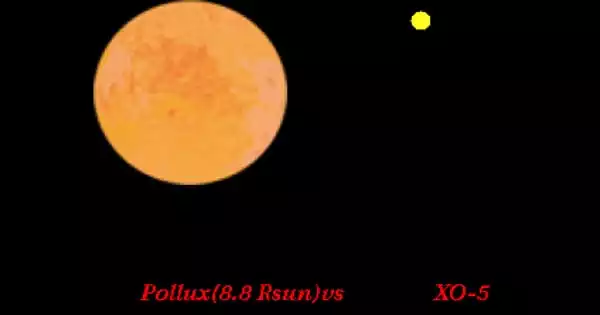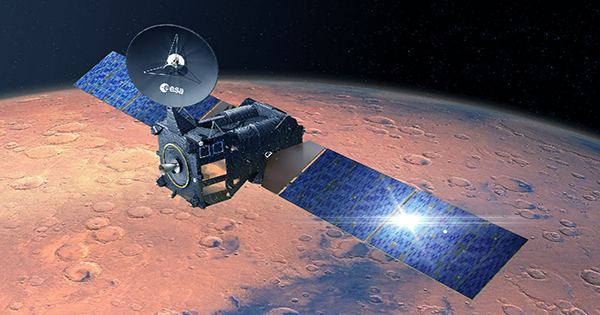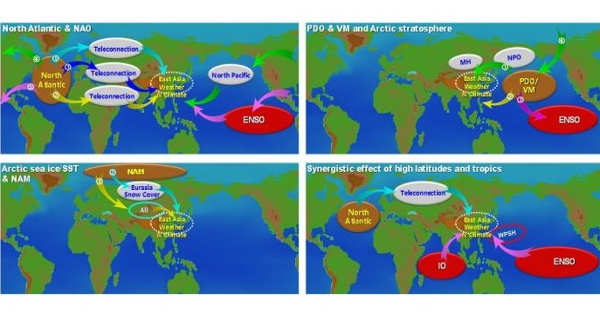XO-5 is a yellow dwarf main-sequence star located in the Lynx constellation about 910 light-years from Earth. It is a gas giant exoplanet that revolves around a G-type star. It has a magnitude of about 12 and is visible through a small telescope but not with the naked eye. It has a mass of 1.19 Jupiters, takes 4.2 days to complete one orbit around its star, and is 0.0515 AU away from it. It was discovered in 2008 and was announced at the time.
Exoplanets are planets that exist outside of our solar system. Most exoplanets orbit other stars, but rogue planets, or free-floating exoplanets, orbit the galactic center and are not bound to any star. On a wide orbit, XO-5 has a suspected red dwarf companion with a temperature of 3500+250-150 K.
Naming
Absolutno is the name of the star XO-5. During the IAU’s 100th anniversary, the Czech Republic chose the name as part of the NameExoWorlds campaign. Absolutno is a fictional miraculous substance that appears in the science fiction novel Továrna na absolutno (The Factory for the Absolute).
The Lynx constellation can be found in the northern hemisphere. It symbolizes the lynx and is not usually associated with any myths. Lynx is one of several constellations introduced in the 17th century by the Polish astronomer Johannes Hevelius.
The constellation was created by Hevelius to fill a relatively large gap between the two neighboring constellations, Auriga and Ursa Major. He named it Lynx because it was so faint that only a lynx’s eyesight could see it. Aside from Alpha Lyncis, there are no stars brighter than the fourth magnitude in the constellation.

Planetary system
The majority of exoplanets discovered thus far have been found in a relatively small region of our galaxy, the Milky Way. According to NASA’s Kepler Space Telescope, the galaxy contains more planets than stars.
We can see compositions ranging from very rocky (like Earth and Venus) to very gas-rich by measuring the sizes (diameters) and masses (weights) of exoplanets (like Jupiter and Saturn). Exoplanets are composed of elements similar to those found in our solar system, but their compositions may differ. Water or ice may dominate some planets, while iron or carbon may dominate others.
The transit method was used to discover the exoplanet XO-5b by the XO Telescope in 2008. This planet is known as a hot Jupiter. A search for transit timing variations caused by extra planets yielded negative results.
















